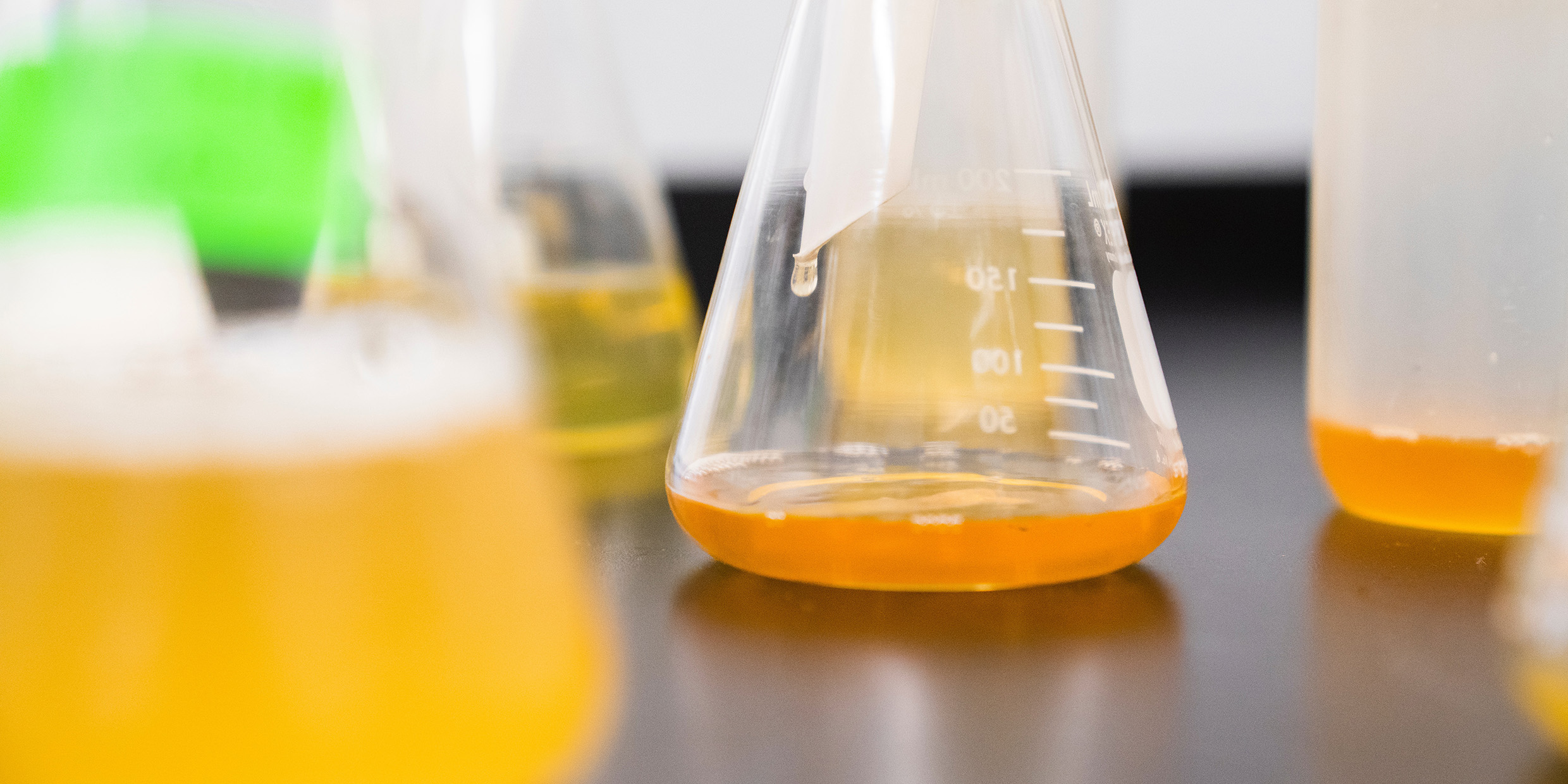Originally published 29 May 1989
There is more at stake in the cold fusion story than the discovery of a cheap, safe source of unlimited energy. There is also a chance for chemists to have their day in the sun at the physicists’ expense.
No sooner had electrochemists Martin Fleischmann and Stanley Pons announced their claim of fusion in a test tube than the battle lines were drawn.
On the one side were the physicists, armed with the heavy artillery of quantum mechanical calculations, who pooh-poohed the whole thing. They, after all, are the proprietors of huge hot-fusion research schemes, funded by effusive government grants. If the claims of Fleischmann and Pons were correct, the river of federal money for hot fusion projects could be expected to dry up.
On the other side were the chemists, the Cinderellas of science, always bridesmaids and never brides, who saw in the palladium electrodes of Fleischmann and Pons the magic wands that would transform their lackluster discipline into a glittering Princess.
First the chemists, 7,000 strong, met at Dallas for the regular convention of the American Chemical Society. President Clayton Callis introduced a special session on cold fusion by saying, “Now it appears chemists may have come to the rescue,” and the audience broke into laughter and applause.
Then the physicists gathered at Baltimore and gleefully marshaled evidence to suggest that the cold fusion experiments were flawed and irreproducible. Words like “incompetence” and “delusion” flew through the air like neutrinos from the hot core of the sun. The upstart chemists needed to be put in their place.
Gloating and sulking continue
A week later, the electrochemists met at Los Angeles for a self-congratulatory Woodstock, inviting only those who had good things to report about cold fusion. By all reports, the mood of hopeful ebullience sagged when “confirming” experiments turned out to be something less than convincing.
And now come new reports from Texas A&M and Los Alamos seemingly buttressing cold fusion, and once again the spirits of chemists soar.
The gloating and sulking will go on for a few more weeks until either Fleischmann and Pons (and their red-faced allies) manage to pull a rabbit from the test tube or tabletop fusion simply fizzles. In the latter case, chemists will skulk back to their labs, to their plastic dish pans and cook books. The physicists will offer condolences (a smirk carefully hidden by the hand) and ask the Feds for more megabucks to stoke their monstrous hot fusion reactors.
Sad, really. History has not been kind to chemists. Every time a chemist discovers something significant, physicists jump in and steal the show. Think of Robert Boyle and his gas law. Or Dalton and his atoms. Mendeleev and his periodic table of the elements. Marie Curie and her new element radium.
That’s all our business, snort the physicists. Boyle, Dalton, Mendeleev, and Curie were really physicists. Chemists don’t understand anything; they just muck about with recipes. If you really want to understand gases, or atoms, or elements, or radioactivity, you’ve got to put away the test tubes and pipettes and do some hard-nosed statistical physics or quantum mechanics. And if you want to do fusion, you don’t do it in a jar.
But wait! Don’t put away the jars yet. Let’s take a closer look at fusion.
In every molecule of water there are two hydrogen atoms. Out of every million hydrogen atoms, 150 have a nucleus with an extra neutron. These heavier hydrogen atoms are called deuterium, and water made with deuterium is called heavy water. If two deuterium nuclei (deuterons) fuse to form helium, about 0.1 percent of the mass turns into energy. Lots of energy. It’s the old Einstein formula: energy equals mass times the speed of light squared. Fuse all the deuterons in a cup of heavy water and you can run your car for a lifetime. There’s enough heavy water in the sea to answer our energy needs forever.
So what’s the problem? Deuterons have a positive electrical charge. Two deuterons vigorously repel each other. To make them fuse you’ve got to get them very close, overcoming the electrical repulsion. One way to do it is to heat them up to tens of millions of degrees. Then they are moving so fast they slam together and fuse. That’s what happens at the cores of stars. And in hydrogen bomb explosions. And that’s what physicists are trying to do with their hot fusion reactors. Fusion by brute force.
Strange things do happen
But there’s another way. Put two deuterium atoms in close proximity and there’s a statistical probability that the nuclei will fuse, not by overcoming the electrical repulsion but by “tunneling” through it. It’s the crazy magic of the quantum world that these things happen, like Casper the Ghost passing through a closed door. But in all circumstances so far considered by physicists, the probability of tunneling — cold fusion — is so hopelessly remote as to render the process useless as a practical source of energy.
It is the dream of the electrochemists that something is happening inside their palladium electrodes that dramatically boosts the chances of tunneling. And who knows, strange things do happen in the interiors of crystalline substances; high-temperature superconductivity is a case in point.
Even if the experiments of Fleischmann and Pons turn out to be a bust, which seems likely to me, they’ve got a lot of people thinking about new approaches toward fusion. So don’t pack away the dish pans and test tubes prematurely. Chemists may have the last laugh after all. It would be nice to think that Nature could be teased and tickled into admitting fusion rather than blasted into submission by the big bucks and monster machines of the physicists.
Announced with great media fanfare in 1989, the cold fusion experiments of Fleischmann and Pons were eventually determined to be flawed and unreproducible. ‑Ed.



